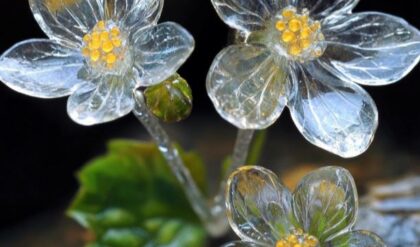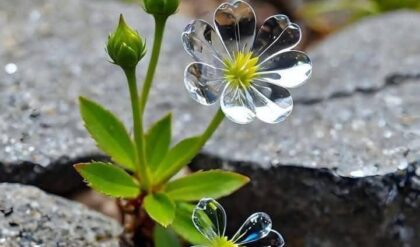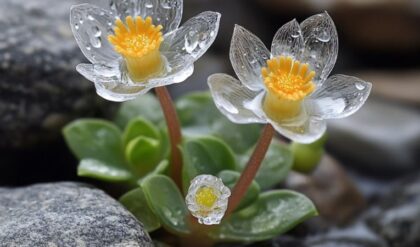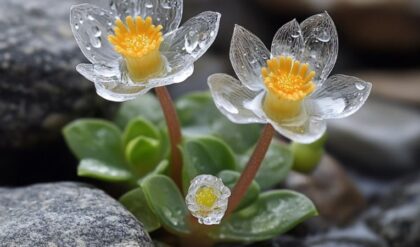The majestic lotus plant, often associated with purity and enlightenment, holds a special place in many cultures around the globe. Growing a lotus from seed not only offers the satisfaction of nurturing a beautiful plant but also connects us to a rich tapestry of symbolism that spans centuries. To embark on this journey, let’s explore the step-by-step process grounded in practical tips while also examining the broader implications of cultivating life.
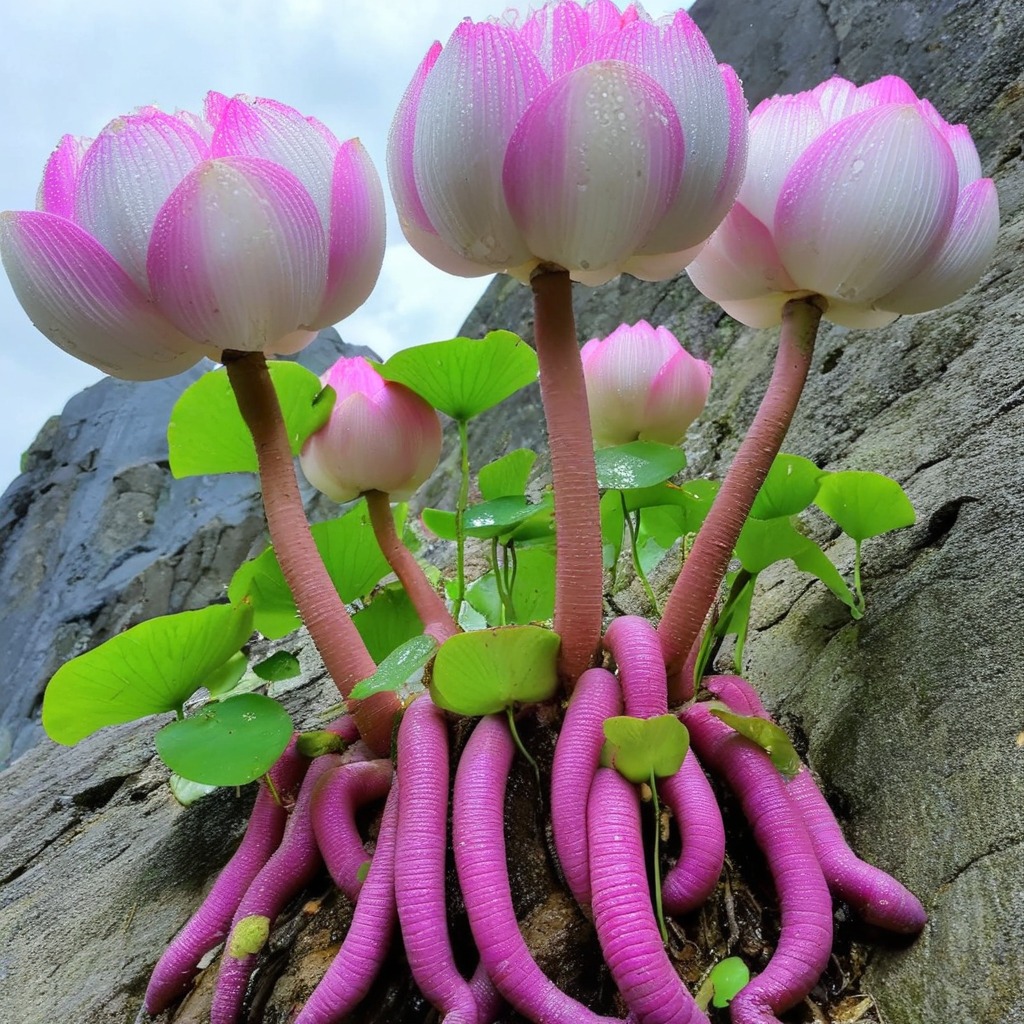
Understanding Lotus Seeds
Lotus seeds are unique in their structure and characteristics. They possess a hard outer shell that can pose challenges to potential gardeners. It can be likened to a treasure chest—holding within it the promise of stunning blooms but requiring some effort to unlock its secrets. One effective method is known as scarification, which refers to nicking or sanding down the hard seed coating. This process allows easier water absorption, akin to softening the defenses of a guarded fortress, thus inviting transformation.
The Importance of Scarification
Lotus seeds have a hard, protective shell that can inhibit water absorption and prevent germination. Scarification is the process of physically breaking down this barrier, making the seeds more receptive to moisture and warmth. By nicking, sanding, or filing the shell, you create tiny openings that allow the seed to soak up the necessary water and nutrients to begin the germination process.
Scarification is a crucial step in growing lotus plants from seed. It’s akin to unlocking a door that had been firmly shut, inviting the seed to start its journey of transformation. Just as a castle’s defenses must be breached to access the treasures within, the scarification process opens the way for the seed to sprout and flourish.
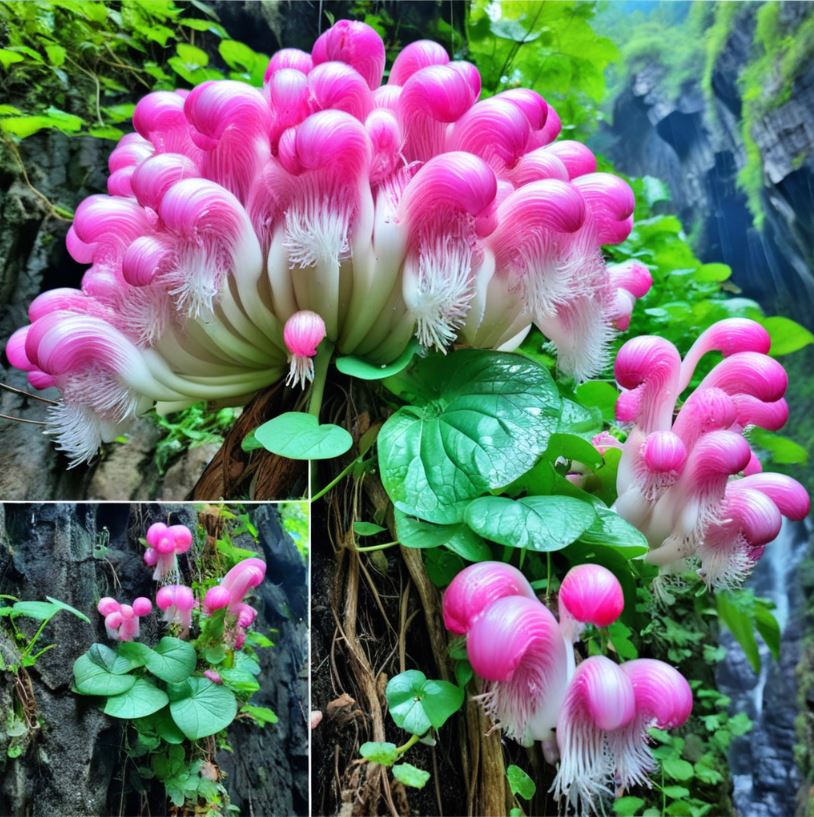
Preparing the Seed for Germination
After scarifying the lotus seeds, the next step is to soak them in warm water for 24-48 hours. This warm water bath mimics the natural conditions of the seed’s aquatic environment, signaling to the dormant embryo that it’s time to wake up and start growing.
Think of this soaking period as a luxurious spa treatment for the seeds. The warm water helps soften the remaining hard shell, allowing the seed to absorb the necessary moisture and begin the process of germination. It’s a delicate balance, inviting the seed to shed its protective layers and embrace the transformation that lies ahead.
The Germination Process
Step 1: Scarifying the Seeds To ensure your seeds germinate successfully, begin by scarifying them. This action breaks the barrier created by nature, making it more receptive to warmth and moisture. Once you’ve gently scratched the surface, submerge the seeds in warm water for approximately 24-48 hours. Think of this stage as a luxurious spa treatment, where each seed bathes in revitalizing waters before embarking on its metamorphosis.
Step 2: Preparing the Growth Environment Next, the seeds need an appropriate environment to sprout. Position them in a container filled with nutrient-rich soil, submerged under a few inches of water. This mimics their natural aquatic habitat and must replicate the conditions of still ponds where they thrive. Maintaining a steady temperature between 70°F and 85°F (21°C to 29°C) acts like setting the thermostat in a cozy room—a crucial aspect for their maturation.
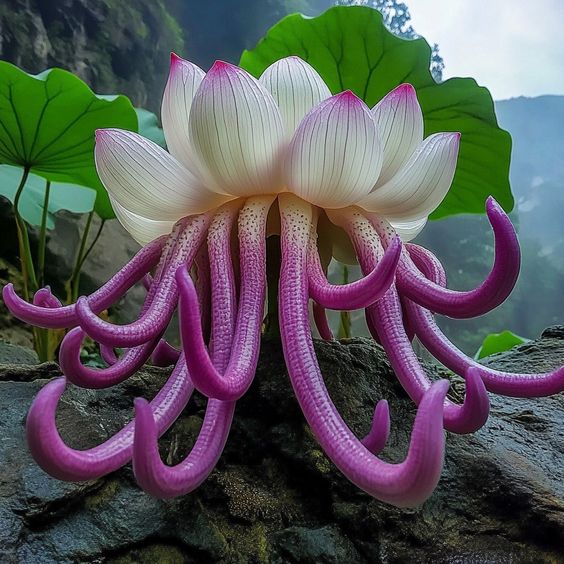
Choosing the Right Container
The container you use to grow your lotus seeds can significantly impact their success. Ideally, you’ll want to choose a shallow, wide container that can accommodate the plant’s growth. A depth of around 12 inches (30 cm) is generally sufficient, as lotus plants thrive in shallow water.
When selecting the container, consider its material as well. Plastic or ceramic vessels work well, as they are durable and can withstand the constant water levels required for lotus growth. Avoid containers with drainage holes, as you want to maintain a consistent water level throughout the plant’s development.
Preparing the Soil and Water
The soil you use for your lotus seeds should be nutrient-rich and well-draining. A mixture of potting soil, compost, and sand or perlite can provide the perfect growing medium. Ensure the soil is firmly packed down, leaving a few inches of space at the top for the water level.
The water you use should be clean and free of chlorine or other chemicals that could harm the delicate lotus seedlings. Rainwater or dechlorinated tap water are ideal choices. Maintain the water level at a depth of 2-4 inches (5-10 cm) above the soil, keeping it consistent as the plant grows.
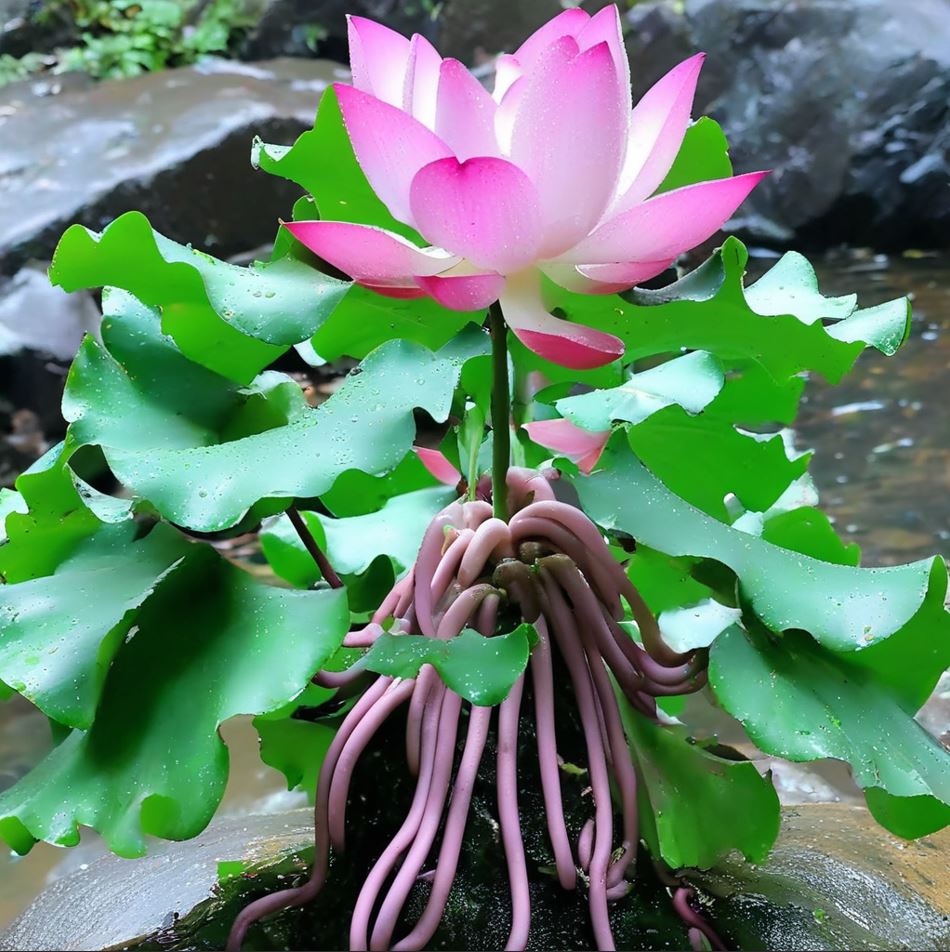
Maintaining the Optimal Temperature
Lotus plants thrive in warm, tropical-like conditions. The ideal temperature range for germination and growth is between 70°F and 85°F (21°C and 29°C). This temperature range mimics the natural habitat of lotus plants, which are often found in still ponds and slow-moving waterways in subtropical and tropical regions.
If the temperature in your growing environment fluctuates too much, it can hinder the lotus seeds’ ability to germinate and the plant’s overall growth. Consider using a thermostat-controlled heating pad or placing the container in a warm, sunny spot to ensure the ideal temperature is maintained.
Encouraging Healthy Growth
As the seeds continue to soak, the excitement builds! Keep the water clean and fresh; any contamination can hinder progress. Once the seeds have sprouted, they will push through the soil and eventually emerge above the water’s surface, unfolding delicate leaves that unfurl like a dancer taking center stage, poised for their grand performance.
Step 3: Providing Adequate Sunlight Ensure the seedlings receive plenty of sunlight—ideally 6-8 hours a day—as they need this energy to flourish. Just as human beings require nourishment for growth, so do these budding plants rely on the sun’s rays to become robust and vibrant. You might even consider rotating the container periodically, giving equally distributed access to light.
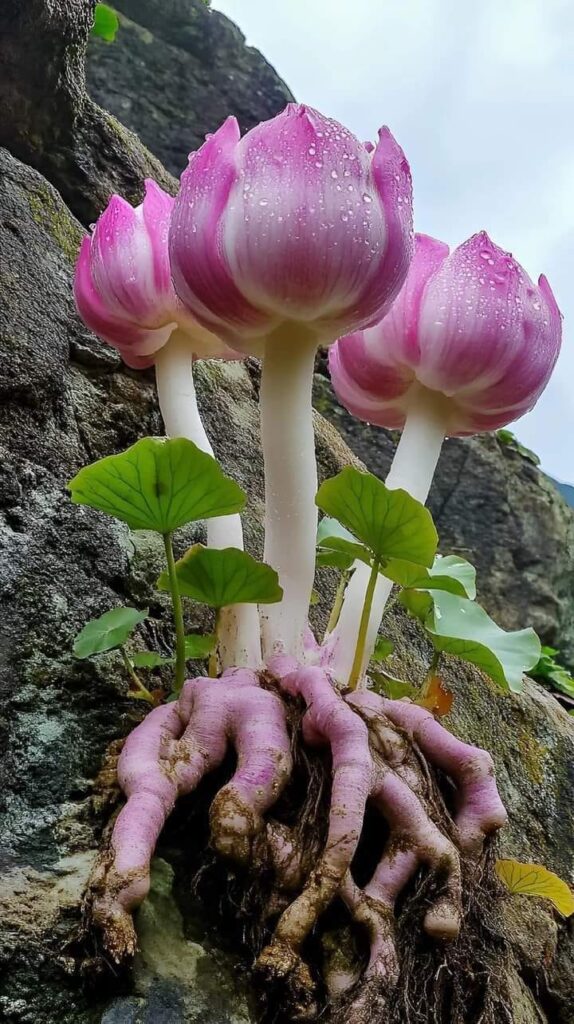
Monitoring Water Levels
Maintaining proper water levels is imperative. As the lotus grows, it thrives in shallow water; however, it is essential to keep the water level consistent. Imagine a gentle creek flowing serenely beneath a bridge; the lotus craves stability in its water source as much as we seek balance in our lives.
Be vigilant in monitoring the water level and replenishing it as needed. Aim to maintain a depth of 2-4 inches (5-10 cm) above the soil, ensuring the roots and lower leaves remain submerged. Fluctuations in water depth can stress the plant and hinder its growth.
Introducing Fertilizers
Fertilizing your lotus plant can significantly boost its health and vitality once the roots have developed. Look for aquatic-specific fertilizers that provide the necessary nutrients without overloading the plant. Picture nurturing a seedling with vitamins—it’s essentially providing them with the essential nutrients to reach their full potential.
Apply the fertilizer according to the manufacturer’s instructions, being mindful not to overdo it. Gradual and consistent fertilization will support the lotus plant’s growth, leading to the development of robust stems, lush foliage, and, eventually, the stunning blooms that captivate the senses.
Controlling Pests and Diseases
Lotus plants can be susceptible to various pests and diseases, especially in an indoor or controlled growing environment. Keep a watchful eye for signs of insect infestations, such as aphids, mealybugs, or scale insects, and address them promptly with organic pest control methods.
Additionally, be vigilant for any signs of fungal or bacterial infections, such as leaf spots or root rot. Maintain clean water, good air circulation, and proper drainage to minimize the risk of such issues. Remember, a healthy lotus plant is a resilient lotus plant, able to withstand the occasional challenge with grace and fortitude.
Observing the Blossoms
Once established, the lotus plant can produce stunning flowers that often bloom in rhythmic patterns. This unfolding may serve as a metaphor for personal growth—each phase of development invites one closer to enlightenment, just as a lotus rises from murky waters into the light.
Appreciating the Lotus Flower
The lotus flower, with its delicate petals and vibrant colors, is a true marvel of nature. As the plant matures, the blooms may emerge in a variety of hues, ranging from pristine white to deep pink or purple. Each flower is a testament to the plant’s resilience and the beauty that can arise from humble beginnings.
Observing the lotus flower in bloom can be a meditative experience, invoking a sense of wonder and connection to the natural world. The flower’s gradual unfurling, from tightly closed bud to fully open bloom, mirrors the journey of personal growth and transformation. It serves as a reminder that even the most magnificent creations can emerge from the depths of adversity, just as the lotus rises from the mud to grace us with its splendor.
Seasonal Cycles and Dormancy
Lotus plants exhibit a distinct seasonal cycle, with periods of active growth and dormancy. In temperate climates, the plants may die back during the winter months, only to reemerge with renewed vigor in the spring. This cyclical nature reflects the ebb and flow of life, a reminder that even in the face of apparent endings, new beginnings are always on the horizon.
Understanding and respecting the lotus plant’s seasonal rhythms is crucial for its long-term care. Provide the appropriate environmental conditions and allow the plant to rest during its dormant phase, knowing that with the return of warmer weather, the cycle of life will continue, and the lotus will once again unfurl its magnificent blooms.
Symbolic Significance
The lotus plant has long held deep symbolic significance in many cultures, representing concepts such as purity, enlightenment, and the triumph of the spirit over the material world. This rich tapestry of meaning adds a profound dimension to the act of growing and nurturing a lotus plant from seed.
By engaging in this horticultural practice, we connect ourselves to a lineage of spiritual and philosophical traditions that have revered the lotus for its ability to rise from the muddy waters and blossom into a thing of transcendent beauty. The lotus becomes a living metaphor for our own capacity to transform, to overcome adversity, and to find the divine within the earthly.
Conclusion
In summary, growing a lotus from seed serves as a reminder of patience, care, and the rewarding cycle of life. Each seed carries with it the essence of beauty and resilience, waiting for the right conditions to transform. Embracing this journey speaks not just to horticulture but to personal and spiritual growth, making the act of gardening a deeply significant endeavor.
As you nurture your lotus plant from seed to bloom, may you find solace in the mirrored patterns of nature and the profound lessons they hold. May the lotus, with its unwavering spirit and captivating grace, inspire you to cultivate your own inner strength, to rise above the challenges you face, and to bloom into the fullest expression of your true self.
